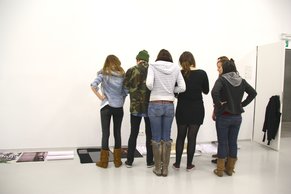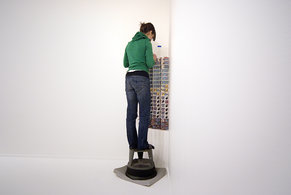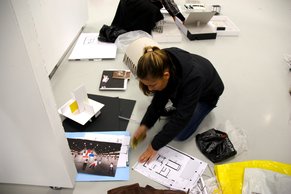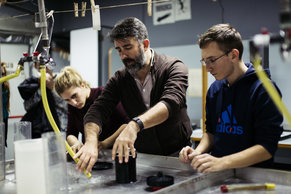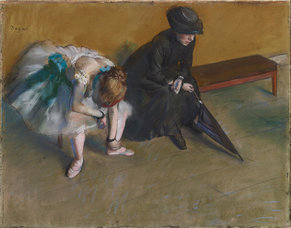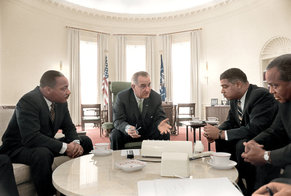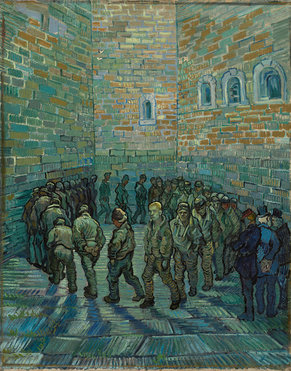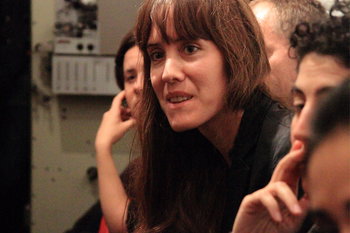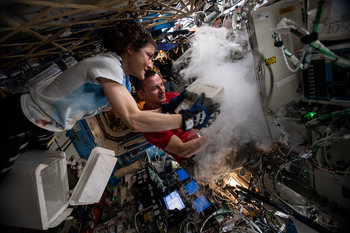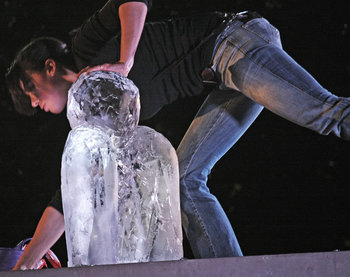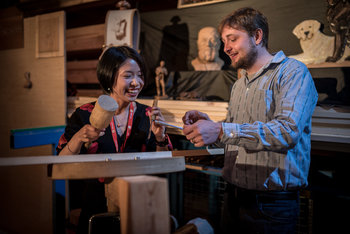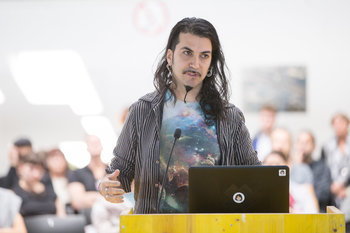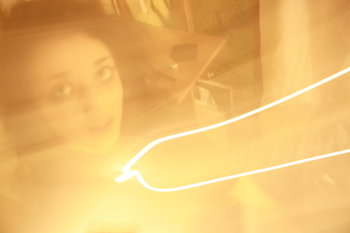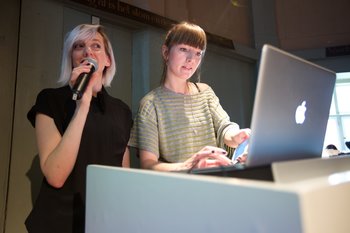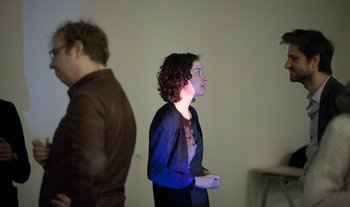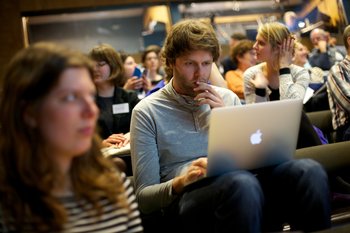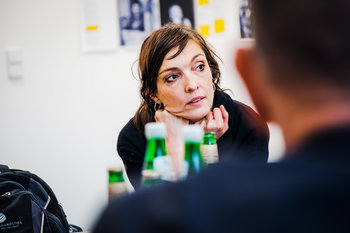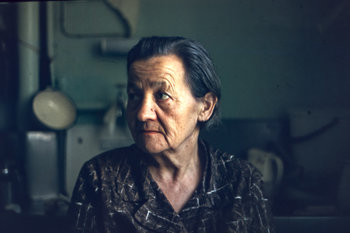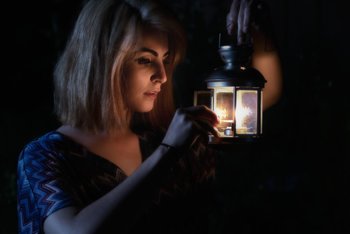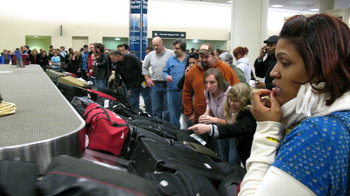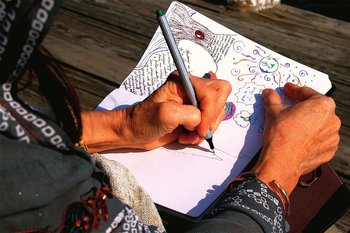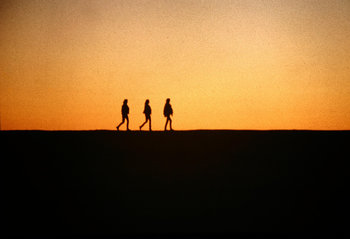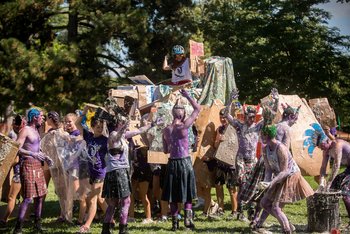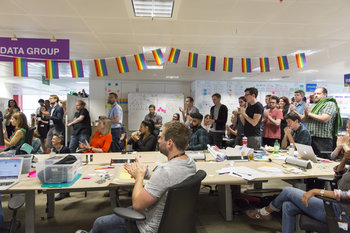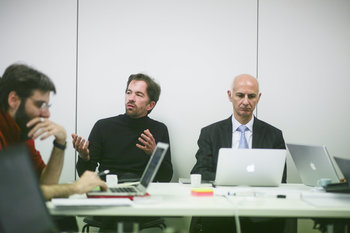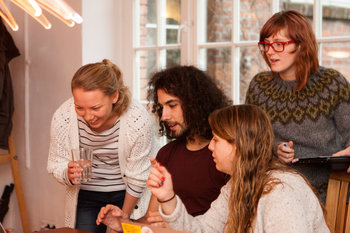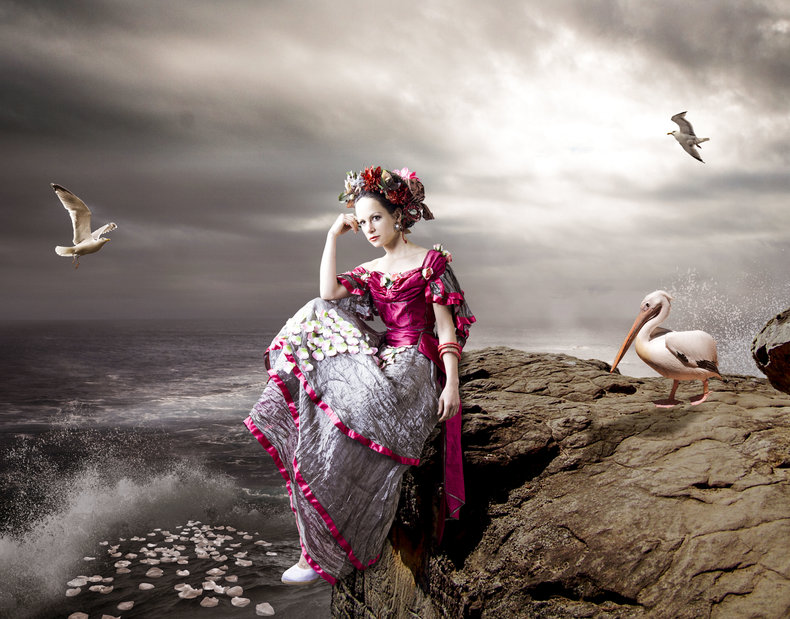
Fiction
The first worldbuilders were fiction writers, particularly Science Fiction writers, who commonly place there stories in a world of their imagination.Role-playing Games
Another early form of worldbuilding that still thrives today are role-playing games such as Dungeons & Dragons. These can involve incredibly complex invented worlds that are understood amongst players in the same instance of a game.Simulators
Simulators that allow you to construct a world in an environment of constraints and competition. For example, a simulator that allows you to construct a city or civilization that may thrive or fail depending upon your strategy and tactics.Sandboxes
Sandboxes are games that allow you to construct things in a world that has few constraints. For example, a game such as Minecraft where you can construct a world with elements such as blocks. These often have a simulation mode where you can turn on constraints and competition.Game Design
In many cases, a video game takes place in a preconstructed world that can't be changed by players. In this case, game designers build the world.Fictional Universe
A fictional world can be placed in a fictional universe whereby multiple worlds and storylines interact.Multiple Universes
Worldbuilding can include multiple universes that interact as part of stories, gameplay or immersive experience.Alternate Histories
Worldbuilding can be based on an alternative history that imagines how the world might have been.Idealism
Idealism is the theory or belief that ideas create reality. This can go quite far to the relativist idea that anything you say automatically becomes true. However, idealism also has a realistic side such as the observation that Science Fiction can influence invention and social constructs such that fictions can become reality. In this context, worldbuilding can influence the future real world.Immersive Experience
People can spend time in a constructed world with immersive experiences such as video games and virtual reality.Mixed Reality
Elements from the real world can be injected into a virtual world and vice versa. This is another way that constructed worlds can become something of a reality. For example, bringing up characters from fiction as holograms in the real world.Live Action Role-playing
LARP, or live action role-playing, is the process of acting out fictional realities. This is a common form of event or pastime amongst enthusiasts for fictional characters or worlds.Suspension of Disbelief
Live action role-playing benefits from suspension of disbelief whereby you try to feel that something fictional is real. This is a type of virtual reality generated by the imagination.Massively Multiplayer Online Games
Roleplaying games and other types of worldbuilding such as sandboxes commonly allow players from all over the real world to experience a shared virtual world together. This is known as a massively multiplayer online game (MMO or MMOG).Read-write Culture
Read-write culture is a process whereby creators can build on the works of others. For example, being able to take a copy or instance of a constructed world to change it to your liking. This is quite powerful. For example, if you lived in a virtual world and didn't like something about it, this would allow you to take a copy and change it. This creates competition and vibrant creative expression that can rapidly change constructed worlds.| Overview: Worldbuilding | ||
Type | ||
Definition | The process of creating fictional and virtual worlds. | |
Types | FictionRole-playingLive Action Role-playingGame DesignSandboxesSimulatorsImmersive ExperiencesMixed Reality | |
Related Concepts | ||

